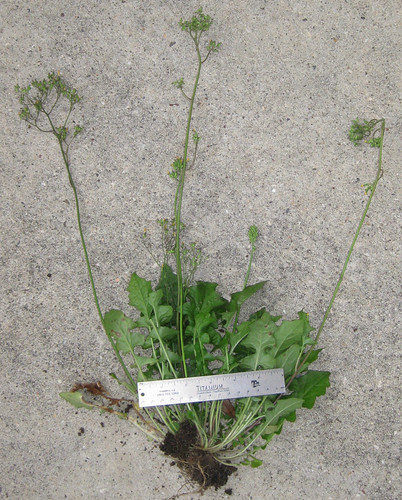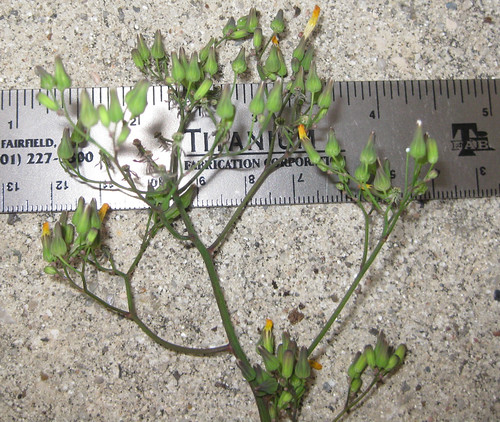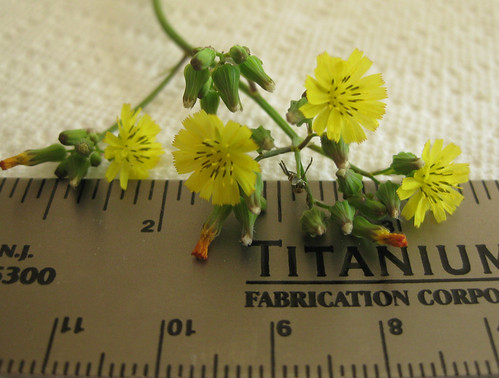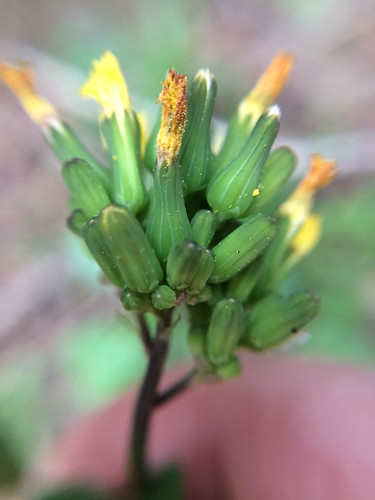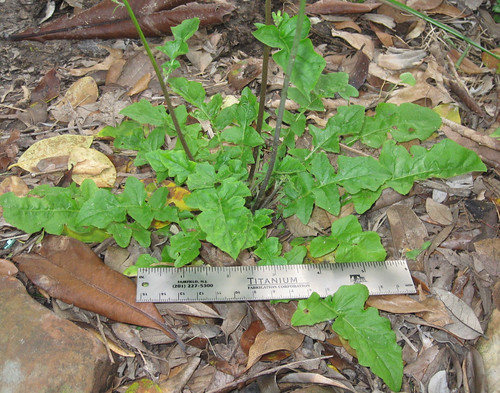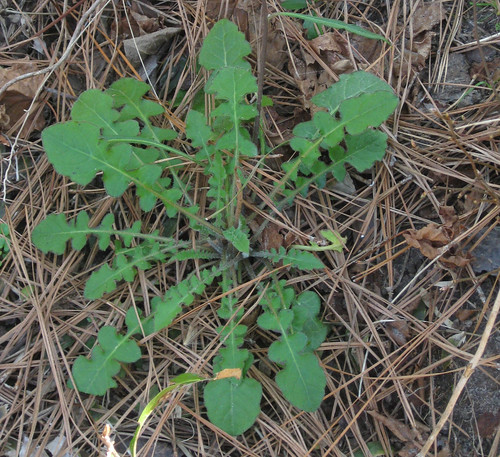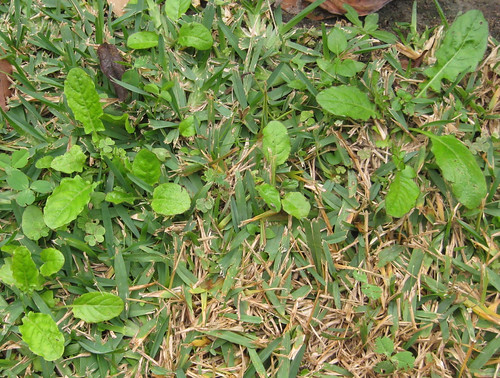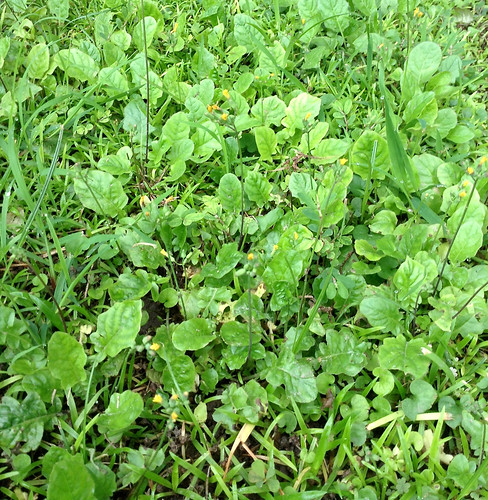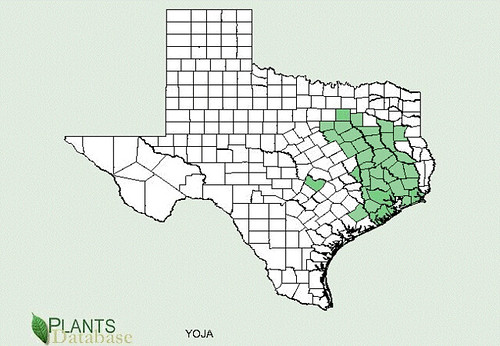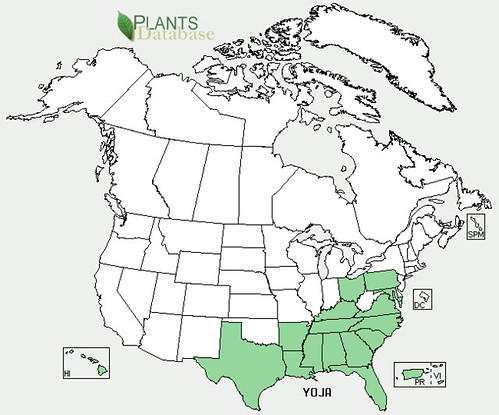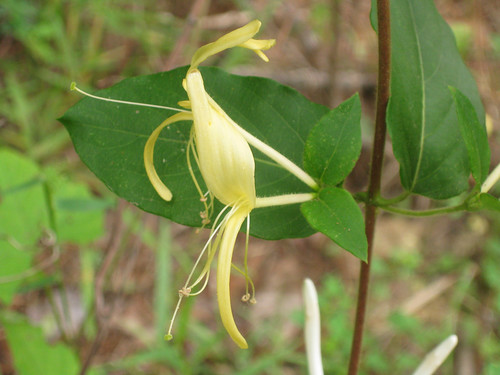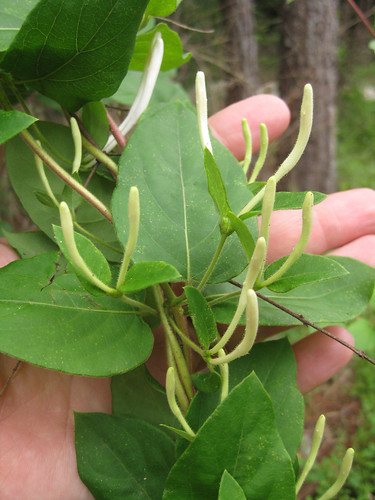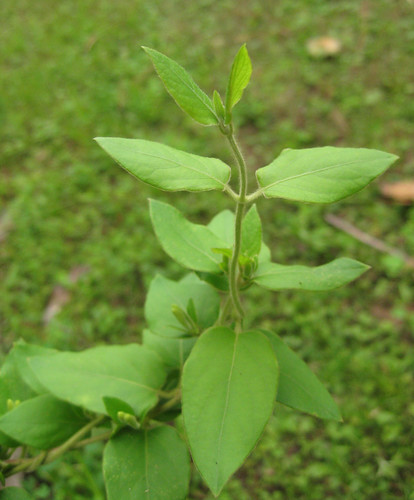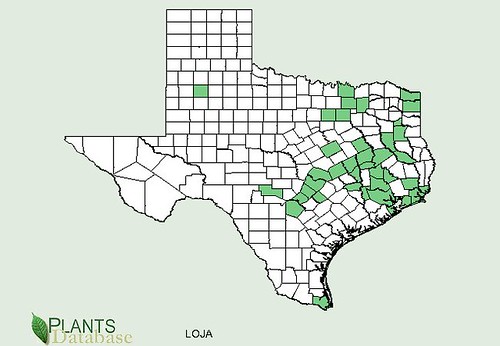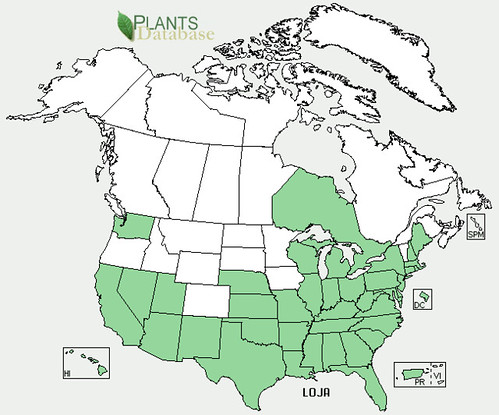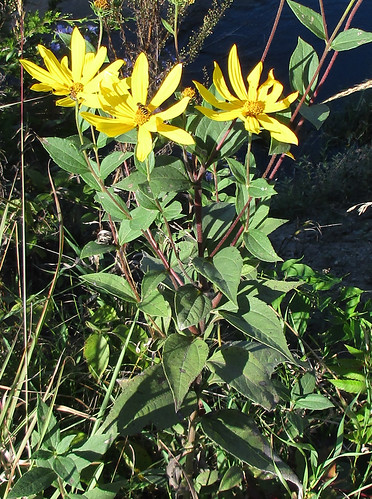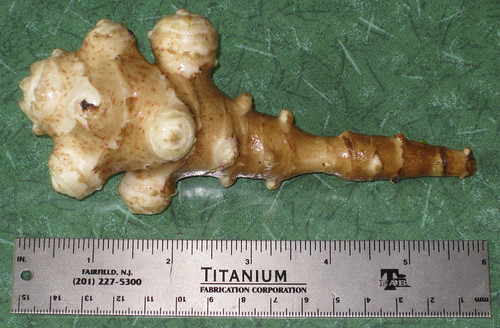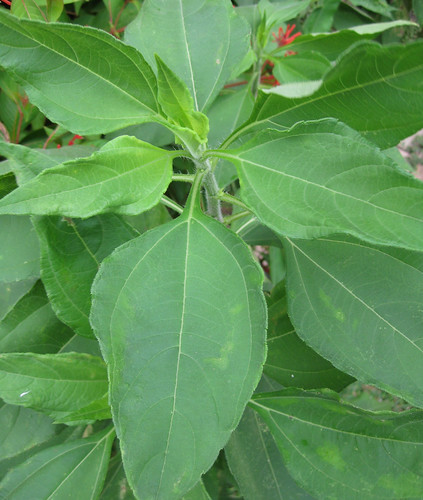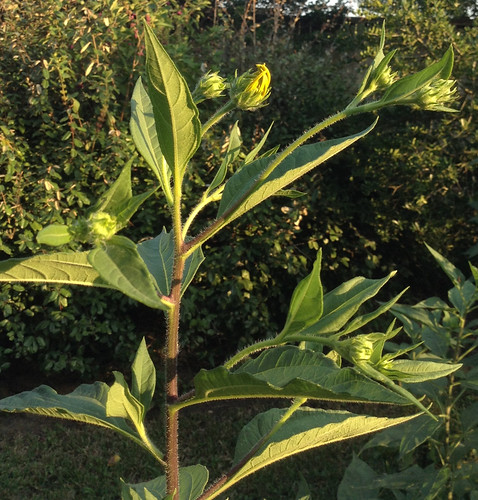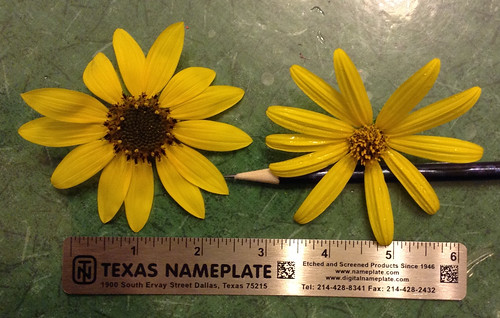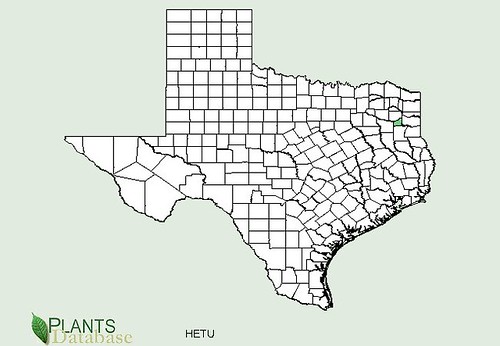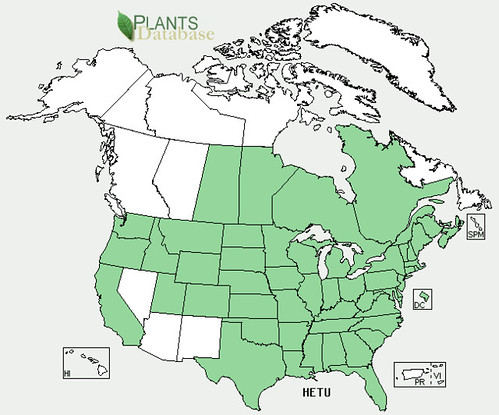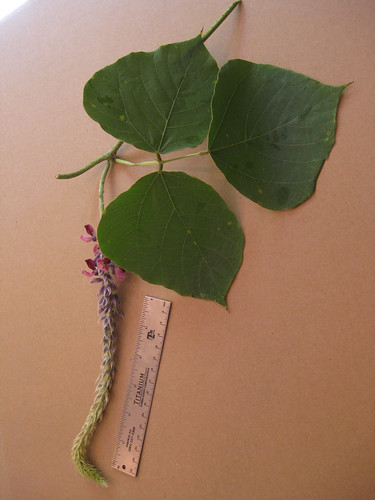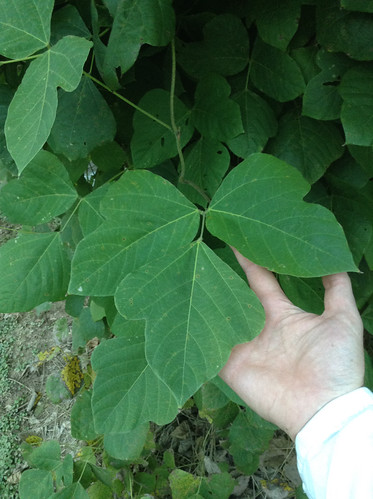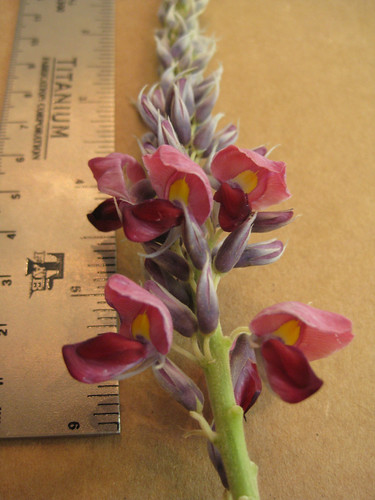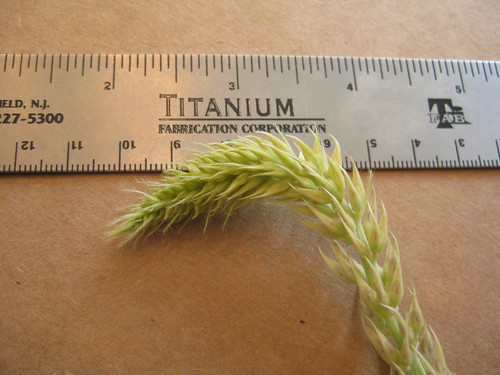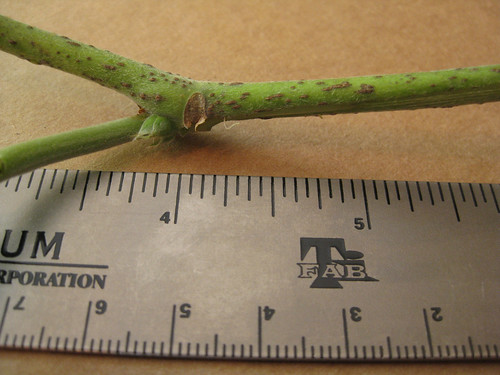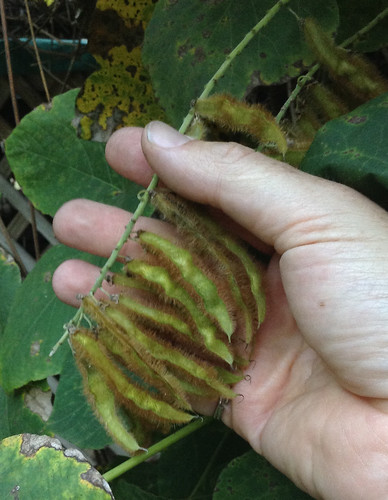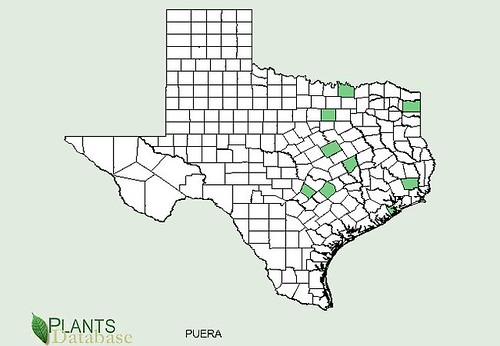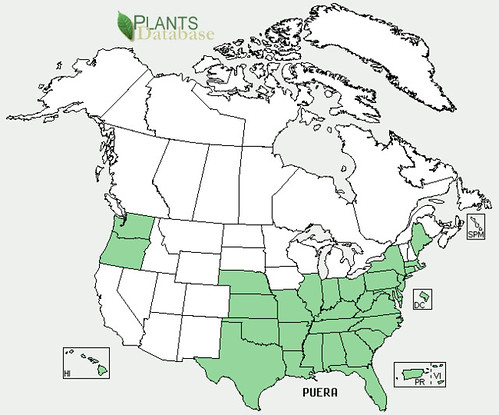Abundance: uncommon
What: small red fruit, young leaves
How: fruit raw (tasteless/bland), leaves and flowers raw, cooked, or in a tea
Where: sunny or partially shaded fields, moist areas.
When: spring
Nutritional Value: vitamin C, iron, zinc, manganese
Dangers: none, the paragraph in red is so you can play a joke on your friends
Indian strawberry ground cover.
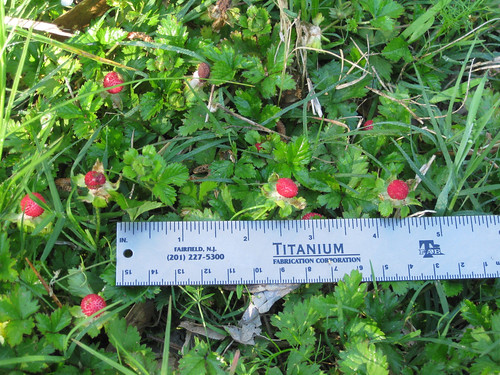
Close-up of the edible fruit.
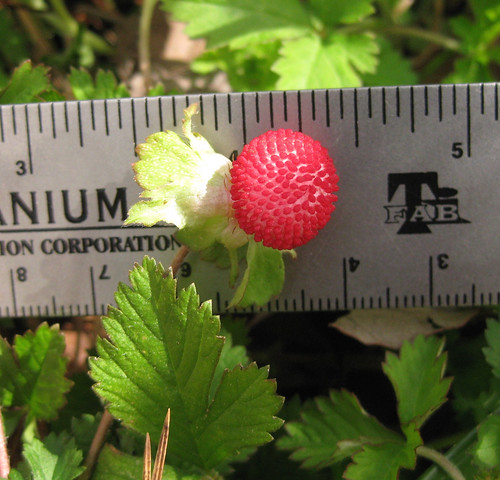
Close-up of the flower.

Indian strawberry leaves.
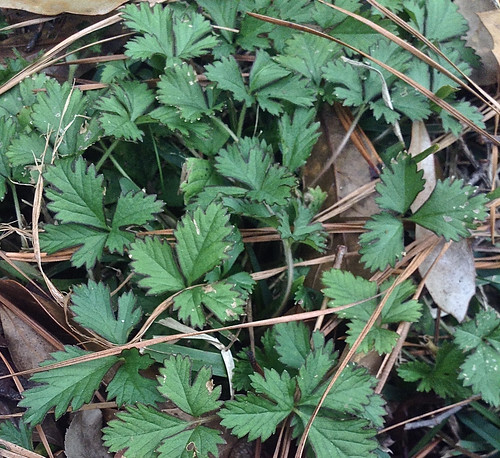
Texas distribution, attributed to U. S. Department of Agriculture. The marked counties are guidelines only. Plants may appear in other counties, especially if used in landscaping.
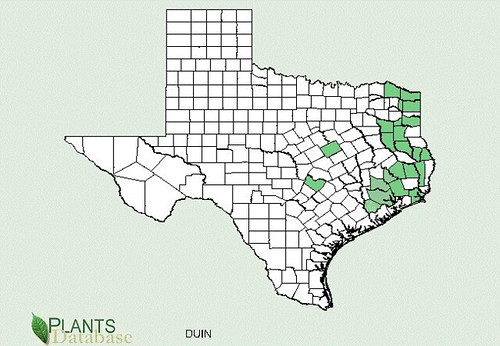
North American distribution, attributed to U. S. Department of Agriculture.
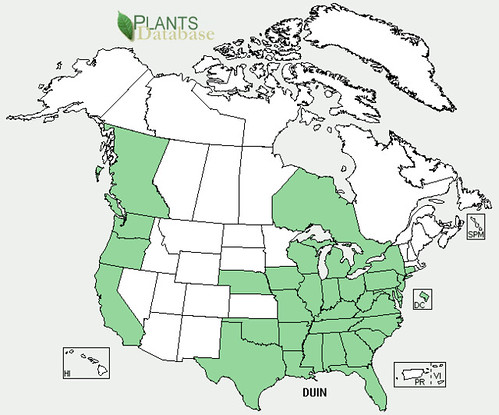
These bright red berries and yellow flowers appear in sunny to partially sunny areas returning to wilderness or infrequently mowed. Sadly, these fruit actually have a bland, insipid taste. However, they are usually plentiful when in season and can supply a good dose of vitamins, minerals, flavanoids, and antioxidants. No one will notice Indian strawberries' lack of flavor when they're added to vanilla ice cream sprinkled with cinnamon and sugar.
Okay, now here's how you use Indian Strawberries to play a practical joke on your friends. The following paragraph in red is completely fake. So, when you find some pop a few in your mouth and start talking about how sweet and delicious they are then offer a few to your friend. If they eat them and then state that they didn't have any flavor, you start to panic and explain a lack of flavor is an indication that the person is one of the ~10% of the population that is highly allergic to the Indian Strawberries. Bring up this webpage and show them the red-texted, paragraph at the end of this post.
WARNING!! Lack of flavor indicates you are missing the beta-cycqatrose enzyme needed to break down a toxic component found in Indian Strawberries. Seek medical help immediately as you may suffer incapacitating vomiting and diarrhea. Symptoms usually take 20-30 minutes to appear. This occurs in less than 10% of the population.
Buy my book! Outdoor Adventure Guides Foraging covers 70 of North America's tastiest and easy to find wild edibles shown with the same big pictures as here on the Foraging Texas website.



